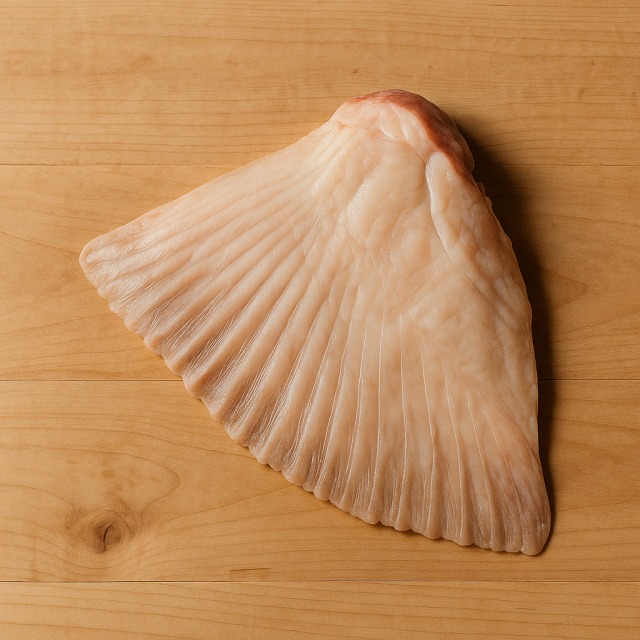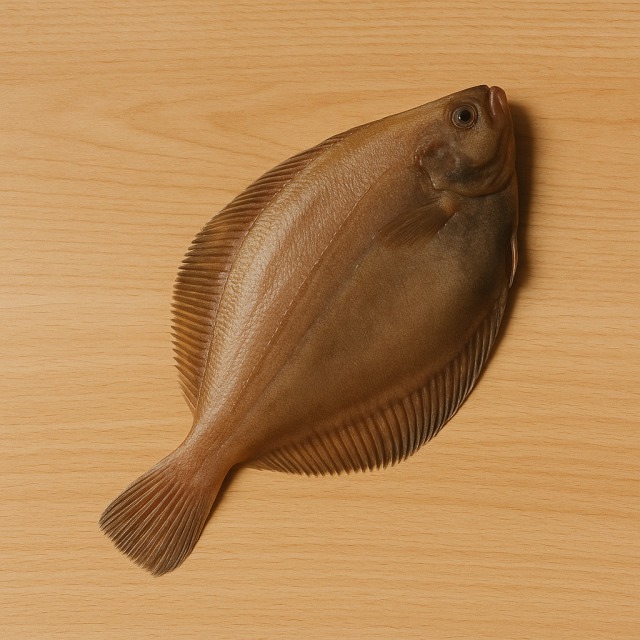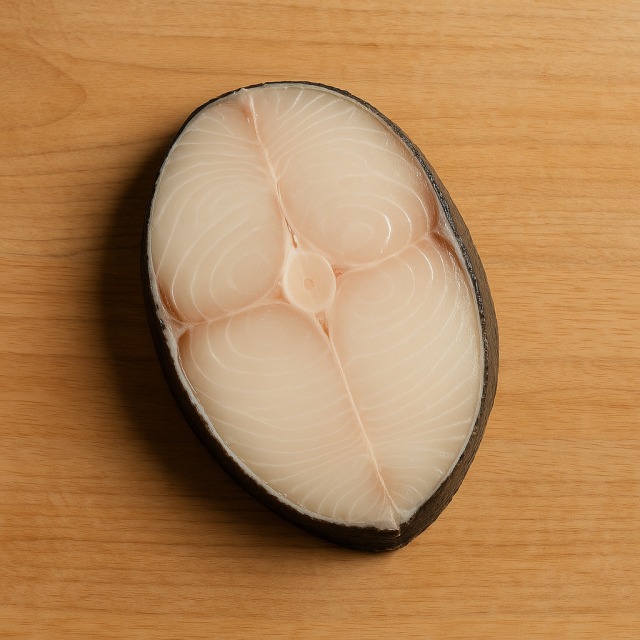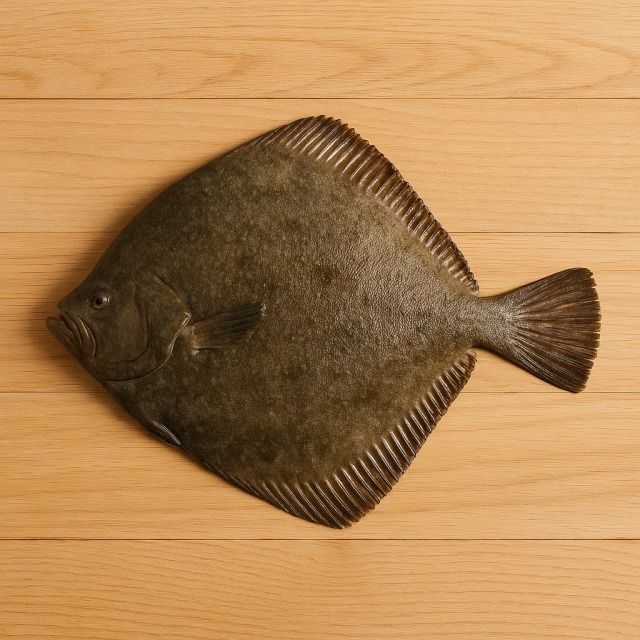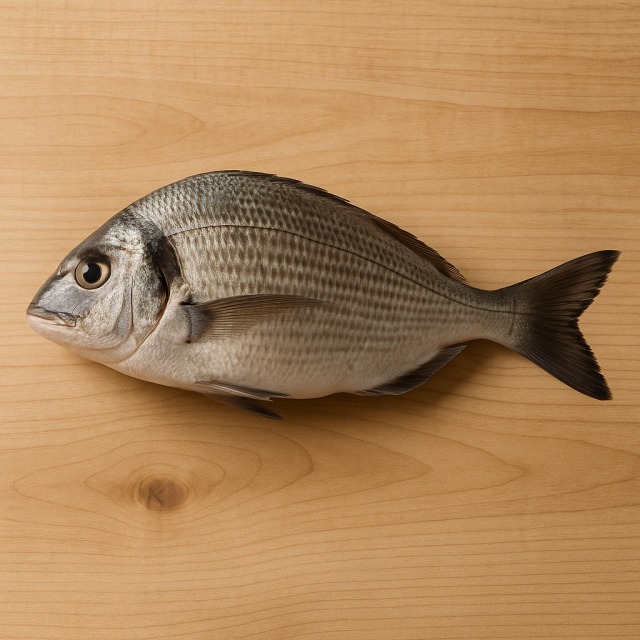Calorie Chart / Fish / Plaice Flounder
How Many Calories Are in Plaice and flounder?
Calculation of the nutritional value & Recommended Dietary Intake of plaice and flounder
For g and a calorie requirement of kcal
| Calories 141 kcal | Proteins 29 g | Lipids 3 g | Carbohydrates 0 g |
| 7% | 39% | 4% | 0% |
Health benefits of plaice and flounder
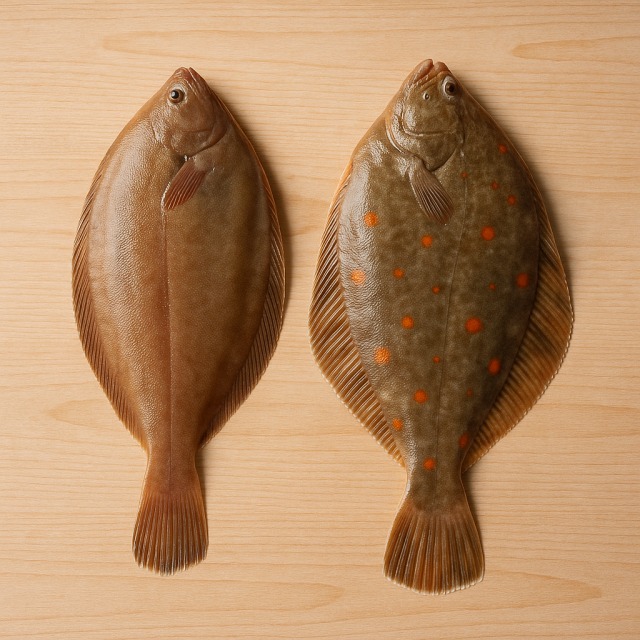
Plaice and flounder - 100g
Calories 94 kcal
Proteins 19 g
Lipids 2 g
Carbohydrates 0 g
Plaice and flounder are classified as lean white fish, providing only 94 kcal per 100 g, which makes them a low-calorie choice for anyone tracking calories throughout the day. Because they deliver high-quality proteins with very few calories and minimal fat, they slot naturally into weight-control or muscle-maintenance diets where calories have to be counted precisely.
Although low in calories, plaice and flounder still supply a useful amount of iodine, selenium, and phosphorus, as well as vitamin B12 and vitamin D. These micronutrients support thyroid balance, antioxidant defenses, and bone health. Their modest but meaningful content of marine omega-3 fatty acids (EPA/DHA) is another asset, especially for cardiovascular protection, yet without the higher calories found in fattier fish such as salmon.
Thanks to their delicate flesh and low calories, plaice and flounder are frequently recommended during post-operative recovery or digestive-comfort diets. Athletes appreciate the nearly 19 g of protein per 100 g for muscle repair while keeping total calories in check. People aiming for weight loss can increase portion size without pushing daily calories too high, a strategy harder to apply with richer cuts like beef steak.
Historically, North Sea fishermen prized these flatfish for their culinary versatility and their reliability as an affordable, low-calorie protein source during Lent. Sustainability-minded consumers will also welcome the fact that, when sourced from certified fisheries, plaice and flounder generally have a smaller environmental footprint—and fewer associated calories—than many land-based animal proteins.
Tips for incorporating plaice and flounder into a balanced diet
To keep calories low while highlighting the mild taste of plaice and flounder, opt for steaming, oven-baking in parchment, or quick poaching with herbs. A simple fillet baked with lemon, parsley, and a drizzle of olive oil rarely exceeds 120 kcal per serving, allowing you to allocate remaining calories to colorful sides without overshooting daily calories.
Pair steamed fillets with a bowl of quinoa and sautéed broccoli for a balanced plate rich in fiber yet moderate in calories. If you crave a comforting dish, try "plaice en papillote" on a bed of julienned vegetables served next to brown rice; the whole meal stays under 500 kcal and lets you monitor calories effortlessly.
For a Mediterranean twist, pan-sear flounder in a teaspoon of olive oil and top with a spoonful of ratatouille. The vegetables add volume without many extra calories while boosting antioxidants. Conversely, avoid heavy coatings or deep-frying, as breading can double the calories quickly.
Finally, remember portion control: 150 g of plaice provides about 140 calories—still modest—but sauces such as Hollandaise sauce or sides like French fries can raise calories fast. Choose herb, lemon, or light vinaigrette dressings to keep total calories in a healthy range.
Frequently Asked Questions
- How many calories are in plaice and flounder?
- There are 94 kcal per 100 g, making them a distinctly low-calorie fish.
- Are plaice and flounder good for a low-calorie diet?
- Yes, their 94 kcal per 100 g leave plenty of room in your calorie budget for vegetables or whole grains while still delivering 19 g of protein.
- Which cooking method keeps calories lowest?
- Steaming or baking in parchment adds virtually no extra calories, unlike deep-frying, which can multiply calories through absorbed oil.
- How do their calories compare with salmon?
- Plaice and flounder contain roughly one-third of the calories found in the same weight of salmon, so they are preferable when every calorie counts.
- Can I combine plaice with rice and still control calories?
- Absolutely. A 150 g fillet plus 100 g of cooked rice totals about 270 calories, leaving space for a portion of spinach and still staying within a moderate-calorie meal.
- Do sauces always raise calories?
- Citrus, fresh herbs, or a tablespoon of soy sauce add flavor with minimal calories, whereas creamy sauces can add 100 calories or more per tablespoon.
Similar foods
Information provided by Calorie Menu may contain inaccuracies or errors. It cannot, under any circumstances, substitute medical advice or medication.
